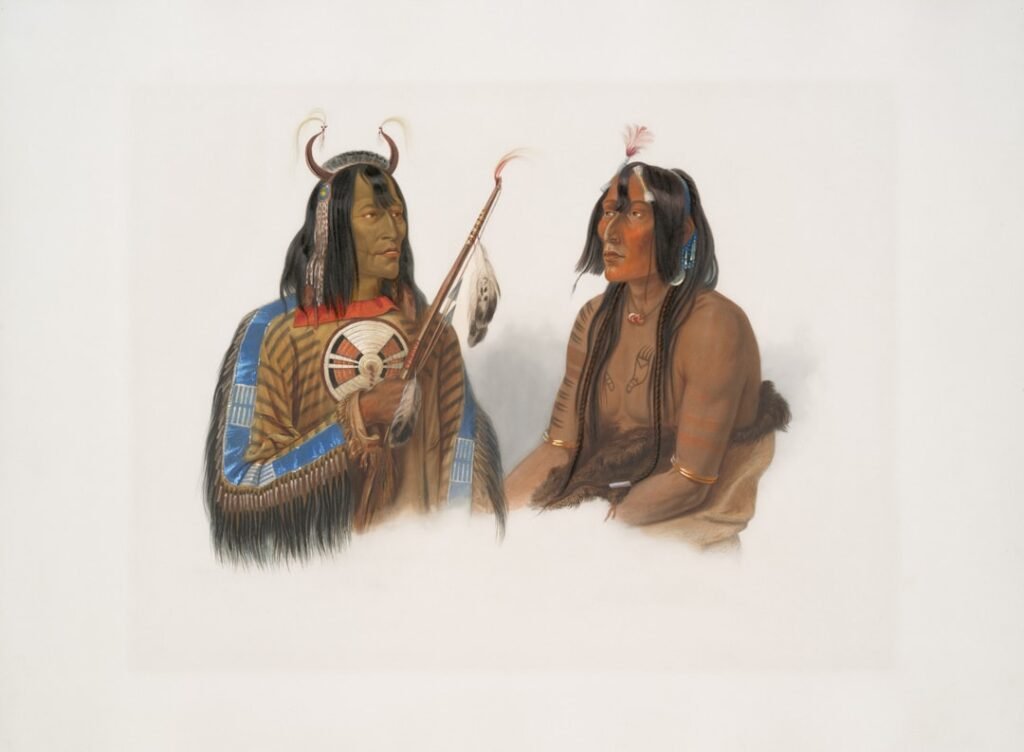The COVID-19 pandemic brought the world to a standstill, triggering an urgent global call for an effective vaccine to curb the spread of the virus. Amidst this crisis, scientific breakthroughs emerged due to the tireless efforts of researchers worldwide. One key figure in this race was Dr. Kizzmekia Corbett, whose contributions were pivotal in the rapid development of a successful COVID-19 vaccine. Her work reflects the power of scientific inquiry and collaboration, highlighting the importance of vaccine research not just in human medicine but with implications that extend to fields like animal science.
Background: The Path to Becoming a Leading Scientist
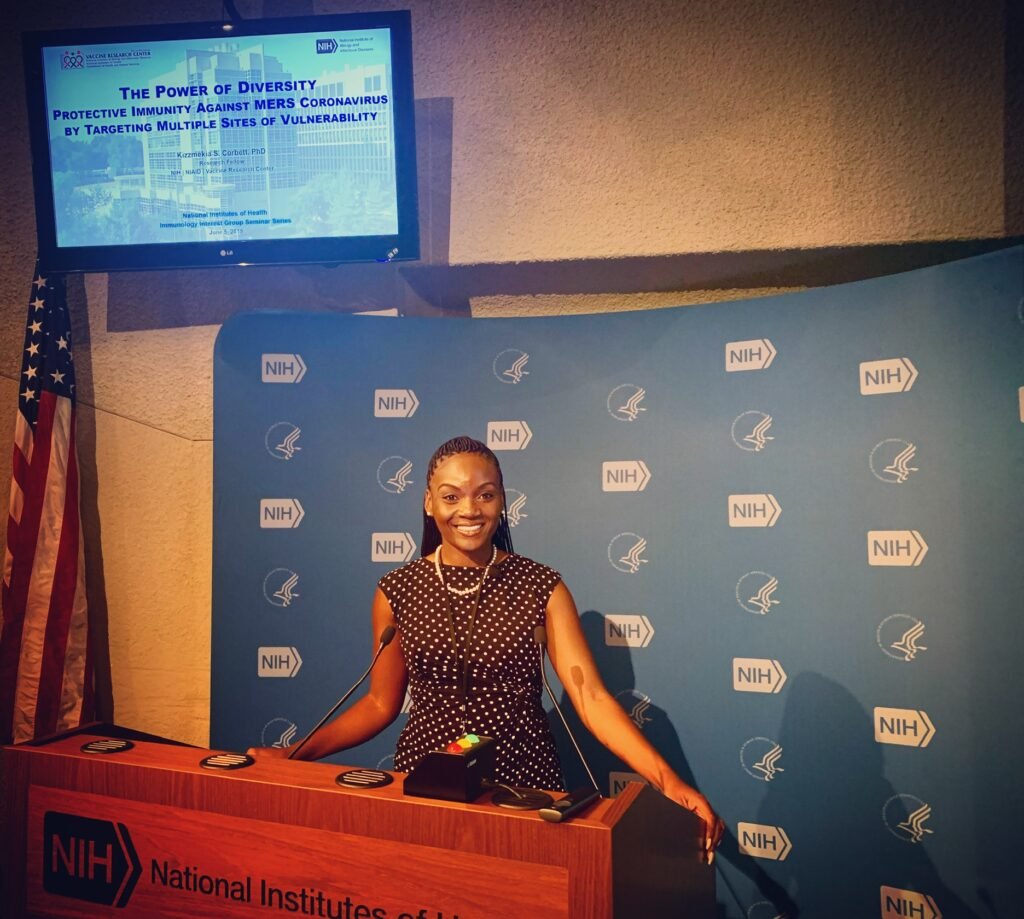
Dr. Kizzmekia Corbett, a prominent American virologist, has been instrumental in the fight against infectious diseases. Raised in Hillsborough, North Carolina, she excelled in science, ultimately earning a Ph.D. in microbiology and immunology. After joining the National Institutes of Health (NIH), she became involved in coronavirus research, setting the stage for her critical role in the COVID-19 vaccine development.
Researching Coronaviruses: Foundations for Success
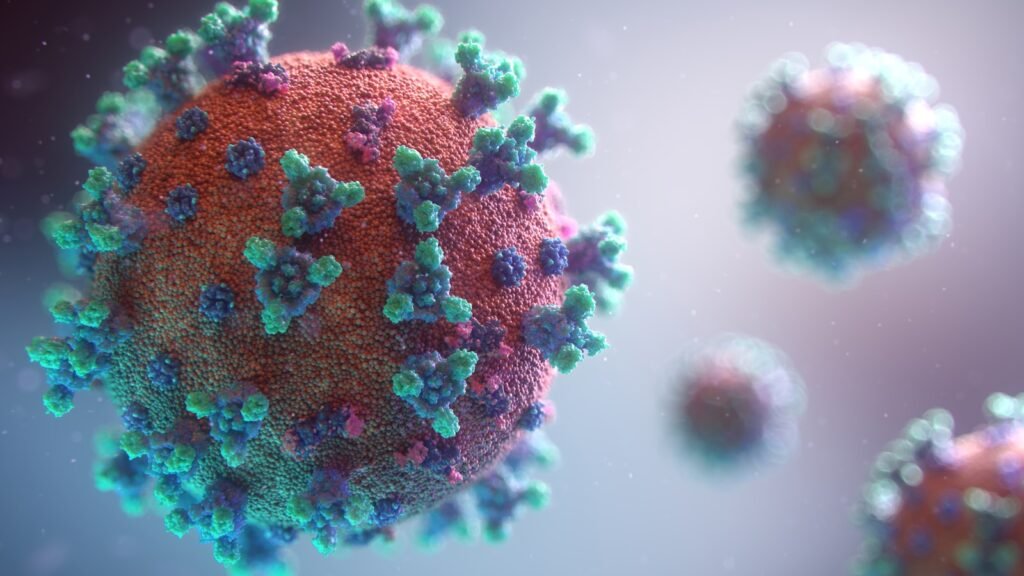
Dr. Corbett’s expertise in coronavirus pathogenesis and vaccine development stems from her earlier work on various viral infections. Before COVID-19, she studied viruses such as SARS and MERS, which belong to the same coronavirus family. Her research provided essential insights into how these viruses enter cells and prompt immune responses, focusing on the spike protein that became the target for vaccine development. This foundational work paved the way for rapid advancements once COVID-19 emerged.
mRNA Technology: A Game-Changer in Vaccine Development

An essential element of Dr. Corbett’s work was leveraging the innovative messenger RNA (mRNA) technology. Unlike traditional vaccines that use inactivated forms of a virus, mRNA vaccines instruct cells to produce a virus’s spike protein. This instruction triggers an immune response without using the live virus. Dr. Corbett and her team at the NIH partnered with Moderna to apply this technology in developing a COVID-19 vaccine, leading to groundbreaking results due to its efficacy and rapid development timeline.
Collaborating for Success: From Lab to Launch
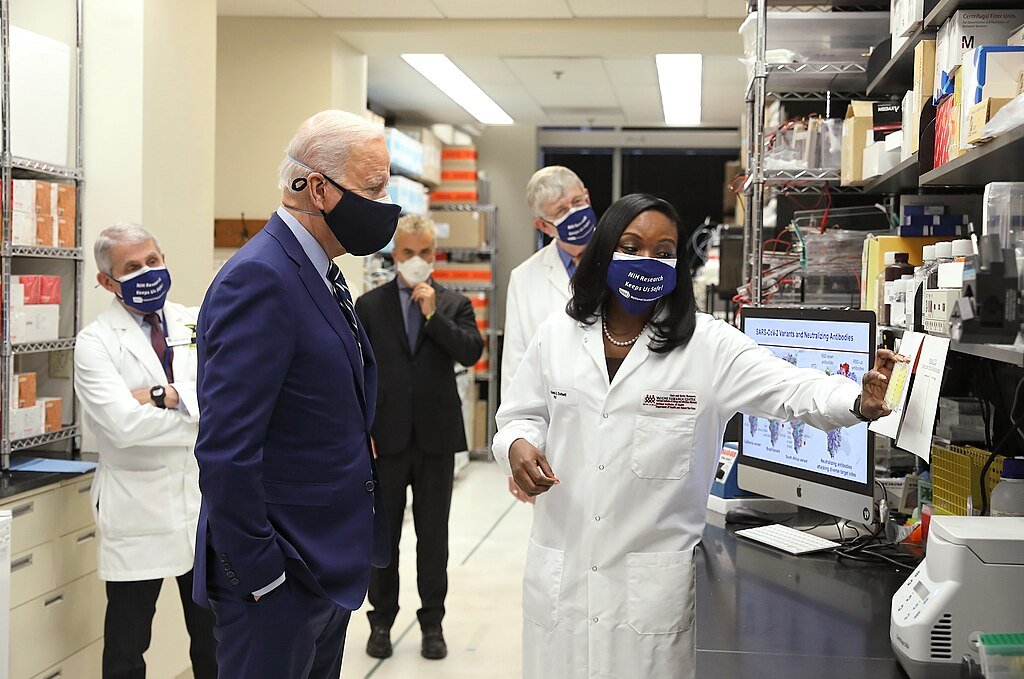
Dr. Corbett’s efforts were part of a broader collaborative mission within the scientific community. Working alongside diverse teams of researchers, policymakers, and health organizations worldwide, they ensured rigorous testing, safety, and distribution plans. This collaborative spirit, combined with years of preparedness and foundational research, made it possible to launch an effective vaccine in record time.
The Impact of Dr. Corbett’s Work Beyond COVID-19
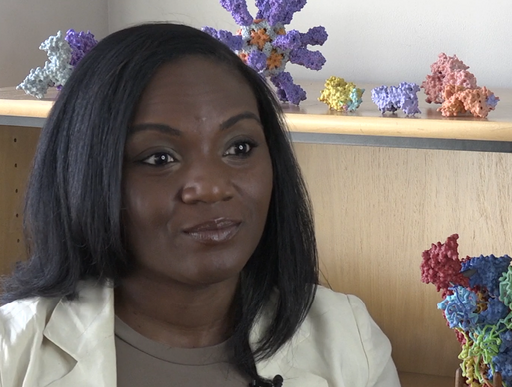
The implications of Dr. Corbett’s work extend far beyond the pandemic at hand. Her research offers insights applicable to developing vaccines against other coronaviruses and infectious diseases. Additionally, the success of mRNA technology sets a precedent that is now being explored for vaccines and treatments across various fields, including animal science. The strategies and speed at which these vaccines were developed have become a blueprint for responding to future outbreaks, potentially benefiting global health and agriculture by accelerating vaccine development for diseases affecting animals.
Conclusion: A Legacy of Innovation
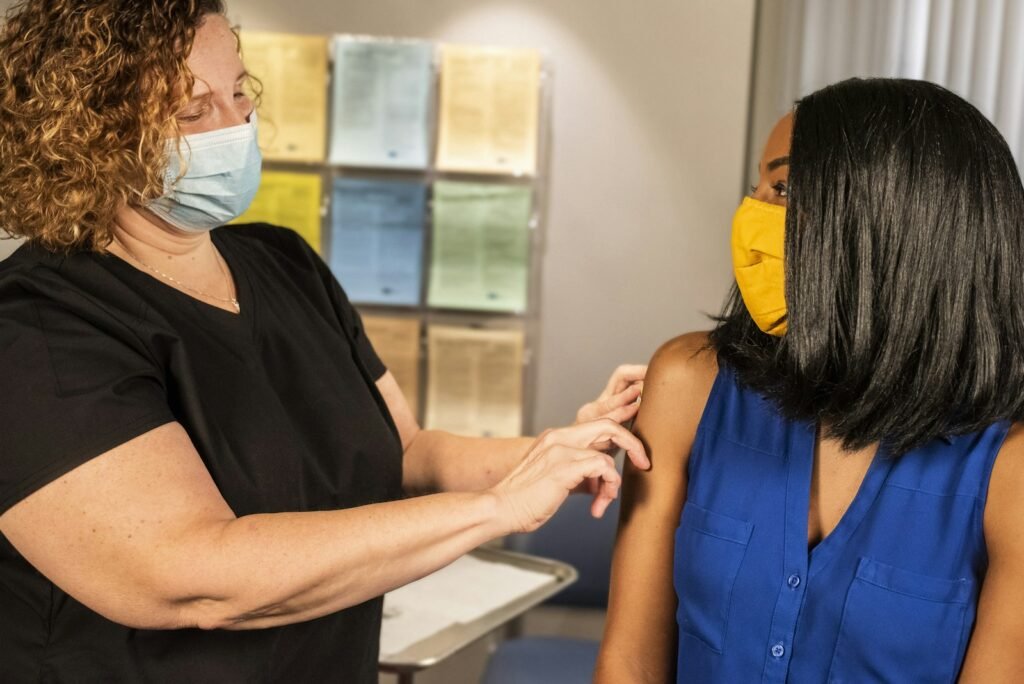
Dr. Kizzmekia Corbett’s contributions to the fight against COVID-19 highlight the essential role of scientific research and innovation. Her work exemplifies how years of dedication to understanding viruses can lead to breakthroughs that save millions of human and animal lives. As we continue to navigate the impacts of the COVID-19 pandemic, her legacy serves as a beacon of hope and a reminder of the power of scientific collaboration and the enduring pursuit of knowledge.


